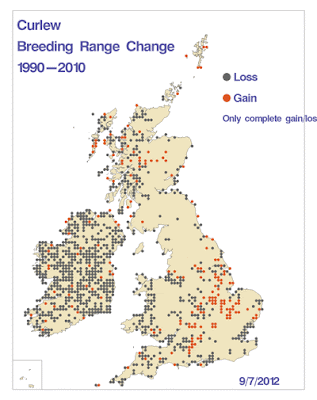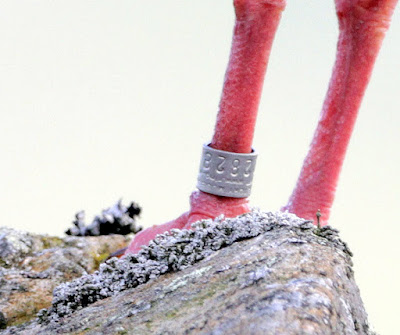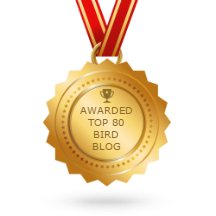With a slightly better forecast I returned to the hills of Bowland this morning in the hope of more pictures.
Curlews are quite difficult to nail down for a picture. They are very skittish and prone to fly off at the slightest hint of danger. No wonder the species is wary of homo sapiens since it was recently as the late 1970s that wildfowlers were allowed to shoot the Curlew. The Wildlife and Countryside Act of 1981 stopped that but the Curlew does itself no favours by continuing to live close to birds (geese and wildfowl) that remain legal “quarry”.
Curlew
Curlew
Curlew
There is an interesting discussion from Hansard, the Houses of Parliament October 1981 - Birds which may be killed or taken.
I recently read a book called Curlew Moon in which the author Mary Colwell takes us on a 500-mile journey on foot from the west coast of Ireland to the east coast of England, to learn more about the Curlew and why it has declined so much.
Curlew Moon
The author sets off in early spring when the birds are arriving on their breeding grounds, watches them nesting in the hills of Wales and walks through England when the young are hatching. She finishes her walk on the coast of Lincolnshire when the fledglings are trying out their wings. It’s a beautifully written if slightly sad book.
For anyone interested in the fate of this beautiful bird I heartily recommend buying a copy.
Curlew
All the data shows a similar downward trend.
Curlew - via BTO
Curlew - via BTO
A few more pictures from this morning. While taking photographs of two Oystercatchers I noticed that one of them bore a ring. I blew up the picture at home and could see two of the expected five numbers (2828) but none of the two letter suffix.
It may be possible to trace this if I ask nicely at the BTO. Stay tuned.
Linking today with Anni's Birding and Eileen's Blogspot.

























.jpg)













10 comments:
The Curlew is among the first to arrive to Finland in March and among the first to leave...already in July.
Great shots!
I cannot understand why anyone would want to shoot birds unless they were starving and really needed a meal of some kind!
The book sounds interesting, but the sad part puts me off wanting to read it, I don't like sad, there is enough of it in the world these days anyway!
Lovely set of photos, interesting that the African Oystercatcher is black!
It has rained here all day, hopefully, it will improve over the weekend. Have a good one Diane
I will look for the book, Phil. I am not familiar with the author, but I see that it has the endorsement of Tim Birkhead, and now you, so that's enough for me. When one contemplates the number of species we have hunted, or continue to hunt, it confounds the imagination. In North America, of course, we blasted the Eskimo Curlew to extinction. If you have a chance to read "Last of the Curlews" by Fred Bodsworth I highly recommend it. Enjoy the weekend coming up.
Pleased you got back to the Bowland Hills.
Once again I enjoyed your photographs.
I hope the BTO will help trace the Oystercatcher.
All the best Jan
great, you captured Curlew from different positions....wonderful
Hello
I will never understand hunting for sport. I have never seen the Curlew, I hope to see them some day. Love the photos of the Curlew and the Oystercatchers. Thank so much for linking up and sharing your post. Happy Saturday, enjoy your weekend.
Internationally, we are making gains for many birds. Our osprey, for example, but it has been difficult to watch losing so many.
(ツ) from Cottage Country Ontario , ON, Canada!
I would like to read that book too. The Curlew AND Oystercatchers are beautiful birds and you took fabulous photos! I'm always interested in learning about birds that you see! Enjoy your weekend!
Great pics of the Curlew and Oystercatchers. Great detail.
It's always exciting to find a ringed bird & find out all about its "history". Love the oystercatchers and the beautiful curlew portraits.
Thanks so much, as always, for taking part in I'd Rather B Birdin
Post a Comment